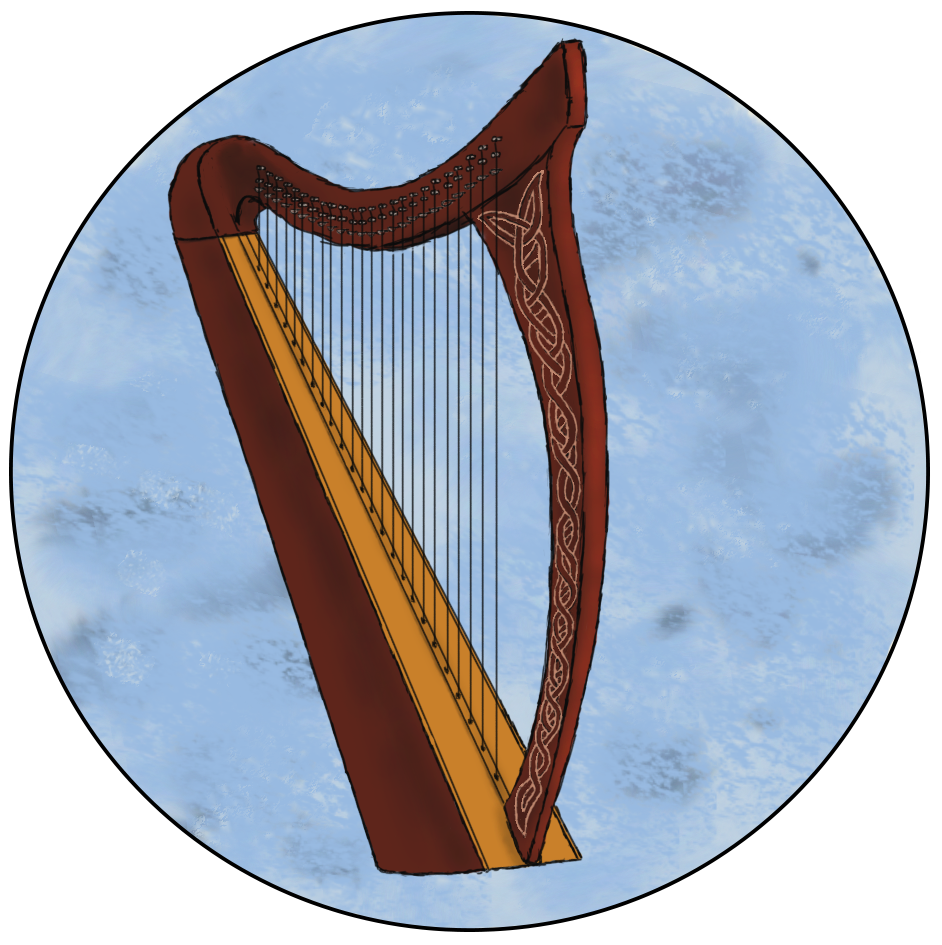After the death of a Layikani, the body is cleaned and wrapped in different colored linen cloths depending on the gender, age or title of the dead. Priestesses or princesses receive dark red scarves, all other women receive red scarves, girls up to puberty receive orange scarves, and men receive yellow scarves. All colors symbolize the fire to which the dead are returned. The eldest woman of the family says a prayer in honor of the scorched earth god Tozuwu and the aging sunset goddess Banyulu, and a one-day wake begins for boys and men, a two-day wake for girls and women, and a three-day wake for dignitaries.
The color of the funeral linen and the length of the wake also reflects the matriarchy on Layida and is due to the fact that only women can enter into the
Spark symbiosis. The higher the position of the woman, the darker the color of the linen and the length of the wake is when she died, or, as the Layikani would say, the darker the fire burned within them.
During the wake, relatives and friends say goodbye to the deceased with small gifts. Offerings include flowers in red and orange tones, fire glass or lava stones, which are burned with the body after the wake.

















A lovely tradition. Seeing how different people handle grief and funerary rites is interesting. I like how the scarf colours symbolise the fire to which the dead are returned.
Thank you for your lovely comment.